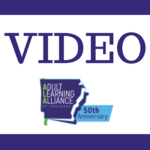
Video: Giving Better Feedback
https://youtu.be/tAy-h-4qb30 This video explains the elements of good feedback and walks through a few examples of improved feedback.
Home › Best Practices

https://youtu.be/tAy-h-4qb30 This video explains the elements of good feedback and walks through a few examples of improved feedback.

A graphic organizer, also known as a knowledge map, concept map, story map, cognitive organizer, advance organizer, or concept diagram
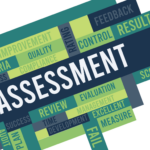
When you are teaching, regardless of the topic, you may find yourself needing to evaluate the student’s skills and creating

Your student bursts into the classroom 5 minutes late and clearly bedraggled. He shares that they got chewed out by
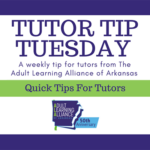



Giving feedback to students is a natural part of teaching. It is a powerful tool, and just like all tools,


Thanks for visiting the website of Adult Learning Alliance of Arkansas.

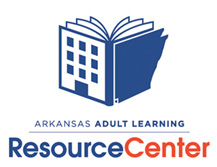
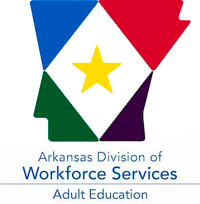

Thank you for visiting the website of Adult Learning Alliance of Arkansas.
Larry is a student of the Clark County Literacy Council in Arkadelphia. He and his tutor meet twice a week to work on his reading and writing skills.
Each student of the council establishes goals to work towards. Larry’s goals include employment and receiving a driver’s license. Recently, due to his hard work and dedication, Larry took the driving test. Not only did he pass, the instructor gave him a compliment for only missing a few questions.
Copyright 2024 Adult Learning Alliance of Arkansas |All Rights Reserved | Web Development and Marketing by Web International